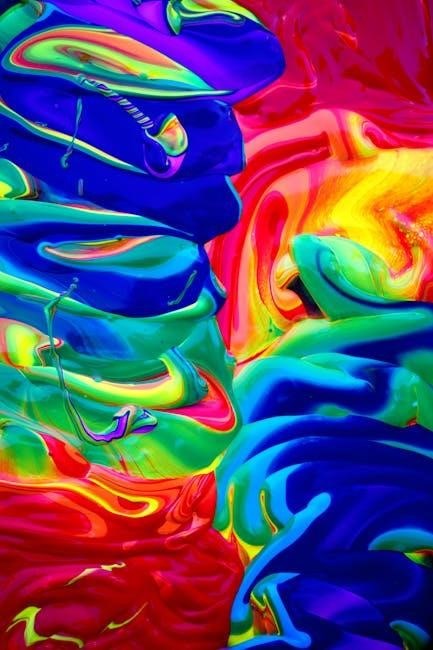Procion MX dyes are popular for tie-dye due to their vibrant, colorfast results. These fiber-reactive dyes bind permanently to natural fabrics, requiring soda ash for optimal fixation. Ideal for creative, long-lasting designs.
What Are Procion Dyes?

Procion MX dyes are fiber-reactive dyes known for their vibrant, permanent bond with natural fabrics like cotton, linen, and rayon. These dyes require soda ash as a fixative to activate the color-binding process, ensuring long-lasting, wash-fast results. Available in a wide range of colors, Procion MX dyes are highly intermixable, allowing for custom shades and unique designs. They are ideal for tie-dye, shibori, and immersion dyeing techniques due to their ability to create intricate, colorfast patterns. Unlike other dyes, Procion MX dyes are considered professional-grade, offering superior color intensity and durability. This makes them a favorite among crafters and artists seeking bold, reliable results for their fabric projects.
Why Use Procion Dyes for Tie-Dye?
Procion MX dyes are the preferred choice for tie-dye due to their fiber-reactive properties, which create a permanent, vibrant bond with natural fabrics like cotton and linen. Unlike other dyes, Procion MX requires soda ash as a fixative, ensuring colors remain bright and wash-fast. Their intermixable nature allows for custom shades, offering versatility for unique designs. The activation process with soda ash shortens the tie-dye process, while the dye’s usability for several hours provides flexibility. Although more complex than alternatives like Rit dyes, Procion MX delivers professional-grade results with consistent, long-lasting color intensity, making them ideal for artists seeking high-quality tie-dye outcomes. Their reliability and durability ensure eye-catching designs that endure wash after wash.
Preparation for Dyeing
Preparation involves washing fabric to remove impurities and soaking it in a soda ash solution to enhance dye adherence, ensuring vibrant, long-lasting results on natural fibers.
Prewashing Fabric
Prewashing fabric is essential to remove dirt, oils, and sizing that might interfere with dye absorption. Wash the fabric in hot water using a detergent designed for dyeing, ensuring no fabric softeners are used. This step guarantees a clean, even surface for the dye to bind effectively. After washing, gently squeeze out excess water without wringing, as excessive twisting might stretch or damage the fabric. The fabric should remain slightly damp before proceeding to the soda ash pretreatment or dyeing steps. Proper prewashing ensures vibrant, consistent colors and optimal dye fixation, making it a critical step in the tie-dye process with Procion MX dyes.
Soda Ash Pretreatment
The soda ash pretreatment is a crucial step in the Procion MX dyeing process. Mix 1 cup of soda ash with 1 gallon of warm water, stirring until fully dissolved. Submerge the prewashed fabric in the solution for 20 minutes to open up the fibers and prepare them for dye absorption. After soaking, gently squeeze out excess water without wringing. The fabric should remain damp but not soaking wet. This step ensures the dye binds effectively, resulting in vibrant, long-lasting colors. Soda ash acts as a fixative, enabling the fiber-reactive dyes to form a permanent bond with the fabric. Proper pretreatment is essential for achieving professional-grade tie-dye results.
Basic Procion Dye Instructions
Measure Procion MX dyes according to color intensity: 2 tsp for light, 4 tsp for medium, and 8 tsp for vibrant shades. Mix with 8 oz of warm water, ensuring even application for optimal results;
Measuring Procion Dyes
Procion MX dyes are measured based on color intensity and fabric weight. For every 8 oz of warm water, add 2 tsp for light shades, 4 tsp for medium, or 8 tsp for vibrant colors. This system ensures precise mixing, with asterisks on labels indicating the required amount. Proper measurement is crucial for achieving consistent, long-lasting results. Always use a digital scale for accuracy and mix in small batches to avoid waste. The ratio of dye to water must be carefully followed to maintain color vibrancy and prevent over-saturation. Accurate measurement is the foundation of successful dyeing, ensuring the final product meets your creative vision.
Mixing the Dye Solution
Mixing Procion MX dyes requires precision to achieve vibrant, consistent results. Start by dissolving the dye powder in 8 oz of warm water, stirring thoroughly to ensure even distribution. For brighter colors, increase the dye quantity as needed. Soda ash can be added directly to the dye mixture to activate the fiber-reactive properties, enhancing color fixation. Mix in small batches to maintain control and avoid waste. Always wear gloves and a mask when handling dye powders. The solution is most effective when used within 4 hours, as the dye’s reactivity decreases over time. Proper mixing ensures even color penetration and long-lasting results on natural fabrics like cotton and linen.

Tie-Dye Methods
Tie-dye methods involve folding, binding, and applying Procion MX dyes to create unique patterns. Soda ash pretreatment enhances color fixation, ensuring vibrant, long-lasting results on natural fabrics.
Folding and Binding Techniques
Folding and binding are essential steps in tie-dye, creating unique patterns by resisting dye penetration. Common methods include accordion pleats, spirals, and knotted folds. Binding with rubber bands or string tightens fabric, ensuring distinct color separation. Shibori techniques, like stitching or clamping, also achieve intricate designs. Proper folding ensures even dye distribution, while tight binding maximizes resist effects. Soda ash-pretreated fabric is ideal for these methods, as it enhances color fixation. Experimenting with folds and binds allows for endless creativity, from simple bullseyes to complex geometric patterns. These techniques, combined with Procion MX dyes, produce vibrant, long-lasting results on natural fabrics like cotton and linen.
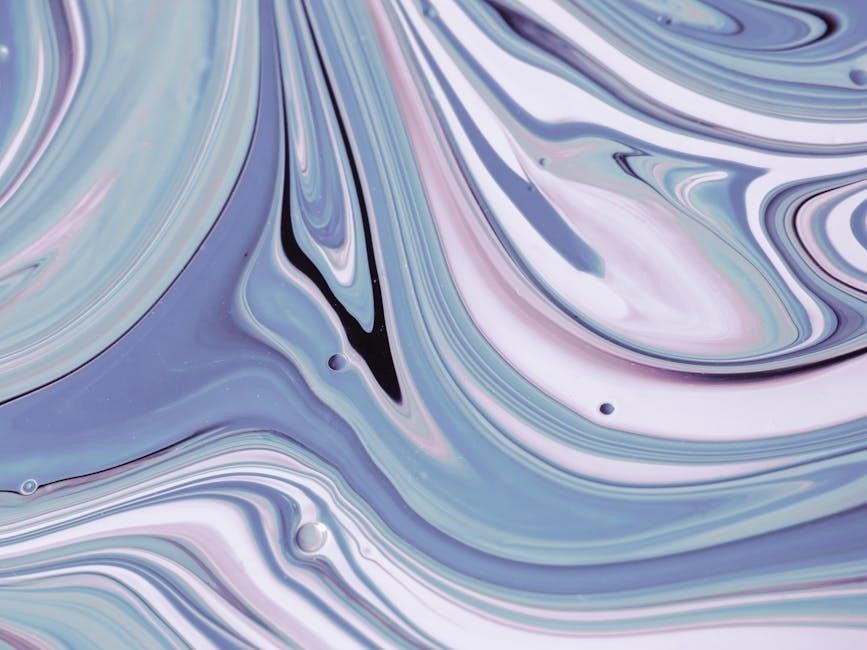
Applying the Dye
Applying Procion dye involves carefully squirting or brushing the mixed dye solution onto the folded and bound fabric. Use squeeze bottles or paintbrushes for precise application. Ensure the fabric is damp from the soda ash soak to enhance dye absorption. Wear gloves to protect skin from staining. Apply the dye evenly or in specific patterns, depending on the desired design. The intensity of the color depends on the amount of dye applied. Work on a protected surface, as the dye can stain surfaces. Allow the dye to react with the fabric for 4-6 hours before rinsing thoroughly. This step is crucial for achieving vibrant, long-lasting results.

Advanced Techniques
Explore immersion dyeing for solid colors and Shibori methods for intricate patterns. These techniques offer unique, professional-looking results with Procion MX dyes, enhancing creativity and fabric design.
Immersion Dyeing
Immersion dyeing with Procion MX dyes creates uniform, vibrant colors. Submerge pre-treated fabric in a dye bath mixed with warm water, dye powder, and soda ash. For pastel shades, dye for 15 minutes; for deeper tones, extend to 30 minutes. Gently agitate the fabric periodically to ensure even color distribution. This method is ideal for achieving solid colors or gradient effects. After dyeing, rinse thoroughly under cold water until the runoff is clear. Fix colors with Raycafix if necessary, then wash with a mild detergent. This technique is perfect for those seeking consistent, professional-quality results with minimal pattern complexity.
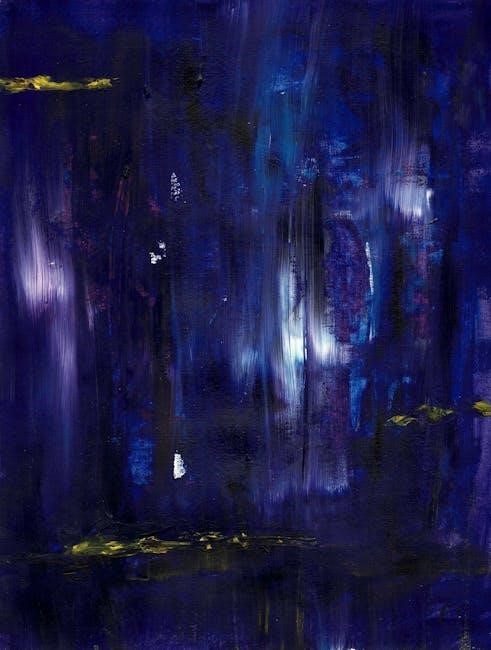
Shibori and Other Resist Methods
Shibori is a resist dyeing technique that creates intricate, orchestrated patterns using Procion MX dyes. It involves folding, twisting, or pleating fabric before dyeing, ensuring certain areas resist color absorption. Unlike tie-dye, Shibori often requires precise binding or stitching to achieve desired designs. Natural fabrics like cotton, linen, or silk work best. After pre-treating with soda ash, the folded fabric is immersed in a dye bath. The combination of cold water and fiber-reactive dyes ensures vibrant, permanent results. Shibori allows for more control and complexity, producing unique, geometric, or organic patterns. Experimenting with different folds and binds can yield endless creative possibilities, making it a favorite for artisans seeking distinctive textiles.
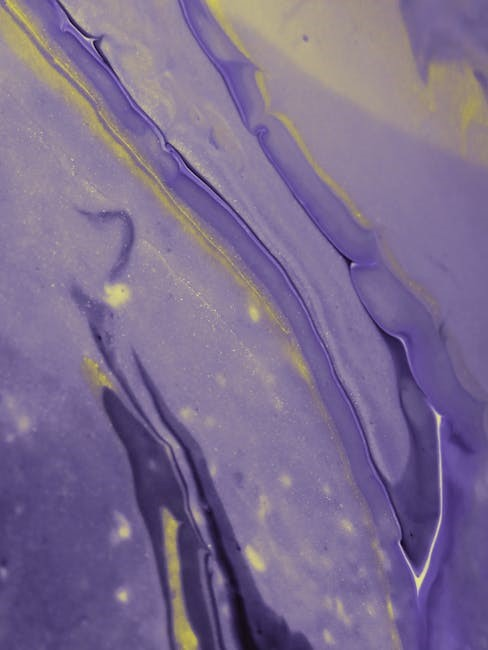
Troubleshooting Common Issues
Common issues with Procion dyes include color bleeding and uneven distribution. Ensure proper soda ash pretreatment for optimal colorfastness. Thoroughly dissolve soda ash to avoid uneven results. Rinse fabrics well before dyeing to prevent residual impurities affecting the process. Always follow measuring guidelines for accurate dye concentration. For persistent bleeding, use Raycafix to stabilize colors. Avoid over-saturating fabric to maintain vibrant, even hues. Proper preparation and adherence to instructions minimize issues, ensuring professional-quality results.
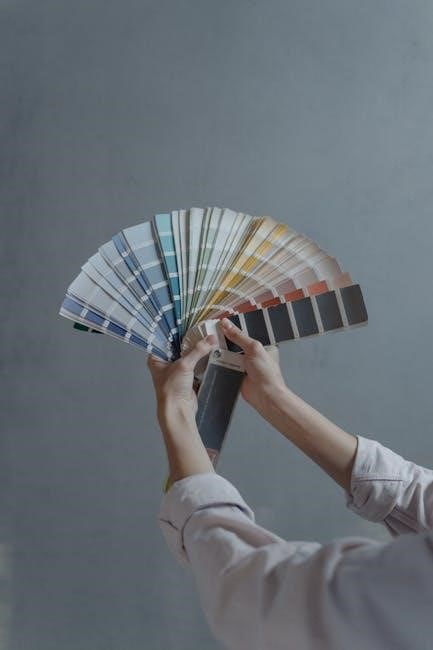
Color Bleeding and Fixation
Color bleeding and fixation are critical in Procion dyeing. To prevent bleeding, ensure proper soda ash pretreatment, as it fixes dyes to fabric. Inadequate soda ash can cause colors to bleed during washing. For persistent bleeding, use Raycafix to stabilize colors. Fixation ensures vibrant, long-lasting results. Always rinse thoroughly after dyeing to remove excess dye. Proper measuring and mixing of dyes, as well as following instructions, are essential for optimal fixation. Avoid over-saturating fabric, as this can lead to uneven color distribution and bleeding. Proper care and maintenance after dyeing, including washing in cold water, help preserve colors. Fixation is key to achieving professional-quality, colorfast results with Procion dyes.
Uneven Dye Distribution
Uneven dye distribution occurs when dye doesn’t apply uniformly, leading to patchy results. Causes include poor fabric preparation, insufficient dye solution, inadequate soaking time, or improper binding. To fix this, ensure fabric is prewashed and properly soaked in soda ash. Use sufficient dye and allow enough time for fixation. Avoid tight binding that prevents dye penetration. Gently agitate the fabric during dyeing to ensure even coverage. If unevenness persists, re-dyeing may be necessary. Proper preparation and technique are crucial for achieving consistent, vibrant, professional-looking results with Procion dyes.
Procion dyes offer vibrant, permanent results when used correctly. Proper preparation, technique, and care ensure long-lasting colors. Follow instructions for successful tie-dye projects every time.
Care and Maintenance of Dyed Fabrics
To preserve the vibrancy and longevity of Procion-dyed fabrics, proper care is essential. Wash dyed items in cold water using a mild detergent, avoiding bleach or harsh chemicals. Turn garments inside out before washing to protect the dye. Air-drying is recommended, as machine drying can fade colors. For best results, avoid soaking dyed fabrics for extended periods. Regular washing with gentle cycles will help maintain the colorfastness of the dye. By following these care tips, your Procion-dyed creations will retain their vivid hues and remain durable for years to come.
